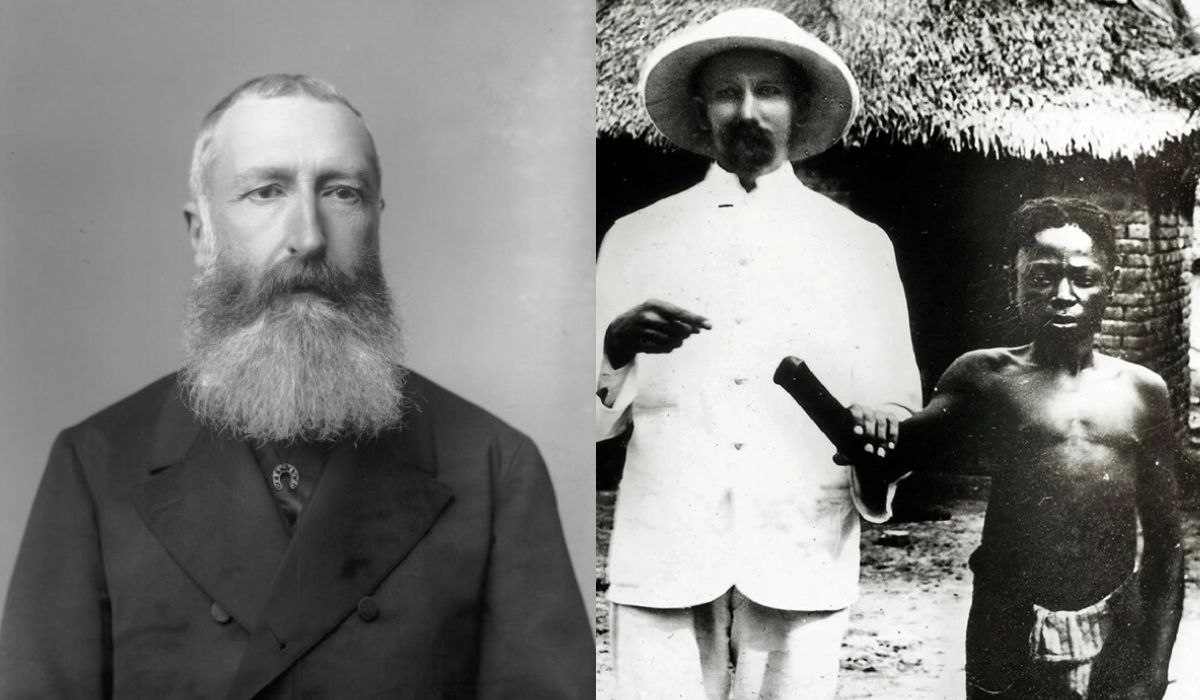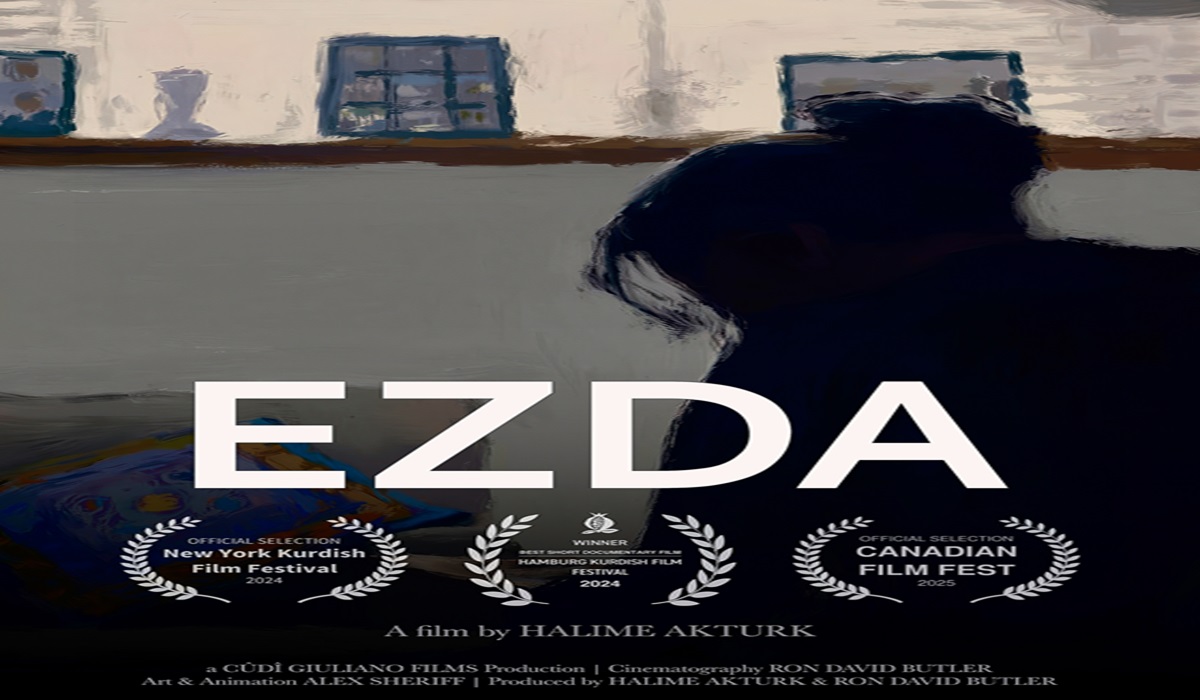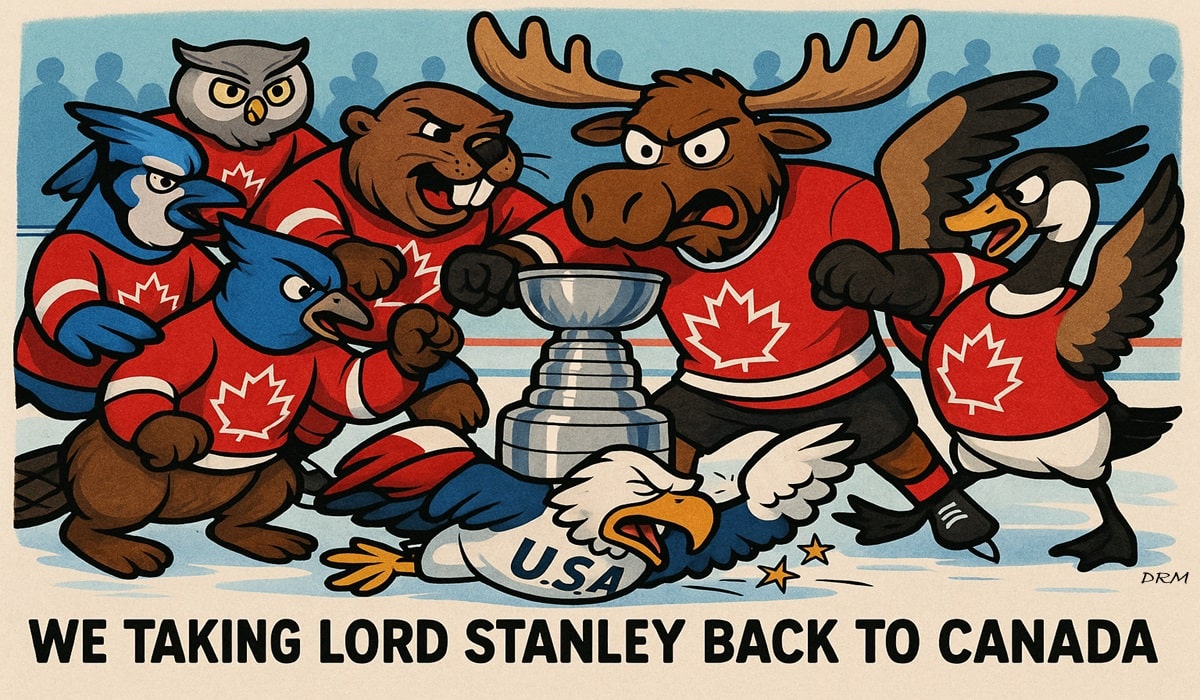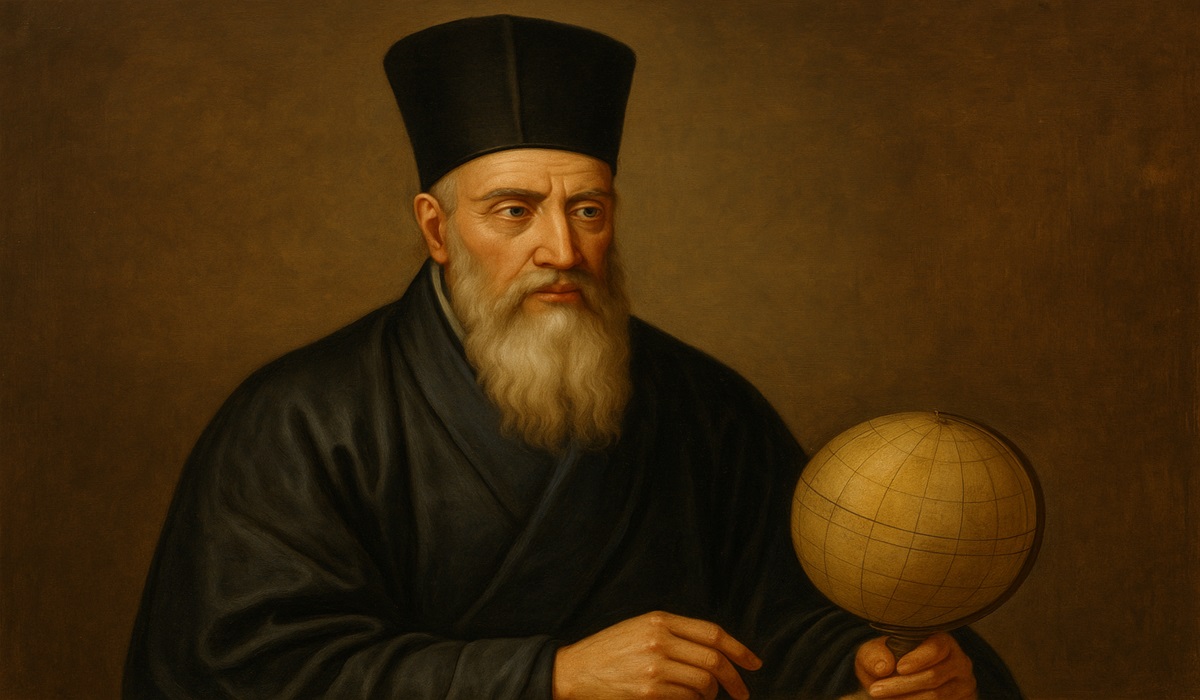The Forgotten Genocide: How King Leopold II Murdered 15 Million in the Congo and Got Away With It
- Ingrid Jones
- Forgotten History
- D.O.C Supplements - Trending News
- March 15, 2025

Image Credit, Leopold_II,King_of_the_Belgians_by_Alexander_Bassano(1889)
King Leopold II of Belgium is one of history’s most ruthless colonizers, responsible for the deaths of an estimated 10 to 15 million Congolese people—a number that dwarfs many other well-documented atrocities. And yet, when the world speaks of mass killings, genocide, and crimes against humanity, Leopold’s name is rarely mentioned in the same breath as Hitler, Stalin, or the Spanish conquest. This glaring omission is not accidental but symptomatic of a broader historical trend in which the suffering of African and Indigenous peoples is systematically minimized, erased, or downplayed while European atrocities are acknowledged only when politically convenient.
The Forgotten Holocaust of the Congo
Leopold II never set foot in the Congo, yet he held absolute control over it from 1885 to 1908 as his personal property, a colonial experiment built on forced labor, violence, and systematic terror. Under the guise of a “humanitarian mission”, he manipulated international diplomacy to secure control of the vast central African region, rebranding it as the Congo Free State. What followed was nothing short of industrialized mass murder. The Belgian administration imposed brutal rubber and ivory quotas, enforced by armed agents who hacked off hands, feet, and genitals as punishment for those who failed to meet them. Villages were razed, women and children were taken hostage to force men into labor, and widespread famine and disease further decimated the population.
The most horrifying aspect of Leopold’s reign was the sheer scale of mutilation. Photographs from the time depict piles of severed hands, cut from the living or dead as proof that bullets were not wasted. Belgian officers rewarded their subordinates based on the number of hands collected. Testimonies recount how people were forced to carry baskets of their neighbors’ severed limbs. This was not merely violence but a deliberate policy of dehumanization, designed to crush resistance and ensure economic exploitation on an unprecedented scale.
A Tale of Whitewashed History: Why Is Leopold’s Atrocity Ignored?
The world recognizes the Holocaust, the Rwandan genocide, and the Armenian genocide. But why does King Leopold’s reign of terror in the Congo remain a footnote in history? The answer is simple: colonial violence against Black and Indigenous peoples is seldom given the same moral weight as atrocities committed in Europe or against European-descended populations. When Western nations acknowledge past crimes, they often do so selectively, focusing on events that serve their political interests rather than engaging in a full reckoning of colonial brutality.
Unlike Germany, which has officially recognized the Holocaust and made reparations, Belgium spent most of the 20th century either denying or justifying Leopold’s crimes. For decades, Belgian history books referred to Leopold as a “visionary king”, a “builder of Brussels,” and a “humanitarian.” His statues still stand in Belgium, despite occasional vandalism and protests demanding their removal. Compare this to Germany, where Hitler’s legacy is universally condemned, his statues do not exist, and Holocaust denial is illegal.
Comparison to Other Mass Atrocities
The brutality of Leopold’s rule is comparable to, and in some cases worse than, other infamous historical crimes:
Nazi Germany (Hitler): The Holocaust resulted in the deaths of approximately 6 million Jewish people, along with Romani people, disabled individuals, political dissidents, and others. The Nazi regime used industrialized mass murder, forced labor, and pseudoscientific racism as its ideological foundation. Yet, unlike Leopold, Hitler’s name is synonymous with evil. Germany has made efforts to acknowledge its crimes, while Belgium still struggles to do the same.
British Colonization of India: Under British rule, India suffered some of the worst man-made famines in history. The Bengal Famine of 1943, caused by British wartime policies, led to the deaths of between 3 to 4 million people. The British Empire also imposed brutal crackdowns, including the Jallianwala Bagh massacre in 1919, where colonial troops fired on unarmed civilians, killing hundreds. Yet, British colonial atrocities are often portrayed as unfortunate “side effects” of an otherwise “civilizing mission.”
Spanish Colonization of the Americas: The Spanish conquest of Indigenous civilizations, from the Aztecs and Incas to the Caribbean Taino people, resulted in mass death through violence, forced labor, and disease. Conservative estimates suggest 8 to 10 million Indigenous people perished due to Spain’s brutal colonization policies. Spain, like Belgium, has largely avoided a full reckoning with its colonial past.
Genocide of Indigenous Peoples in Canada: Canada’s residential school system and broader colonial policies led to thousands of Indigenous children dying due to abuse, starvation, and neglect. Indigenous communities in Canada continue to grapple with intergenerational trauma caused by forced assimilation, land theft, and systemic discrimination. Despite efforts to acknowledge these crimes through Truth and Reconciliation Commissions, justice remains elusive.
The African Genocide That No One Talks About
Leopold’s atrocities are worse in scale than some of these infamous crimes, yet they remain largely unspoken in mainstream historical discourse. Why? Because acknowledging the mass slaughter of Africans would require Western nations to confront their own complicity in genocide and the ongoing economic exploitation of the African continent. The resources plundered from the Congo—including rubber, ivory, and later, minerals essential to modern technology—built European wealth. To acknowledge Leopold’s genocide would mean recognizing that Europe’s prosperity was not built solely on innovation but on bloodshed and systemic plunder.
The hypocrisy of Western historical narratives becomes clear when we see the sheer disparity in coverage. Hollywood films, history books, and academic discussions dissect the Holocaust, the Armenian genocide, and the Rwandan genocide. But where are the films about Leopold’s Congo? Why is there no international day of remembrance for the millions slaughtered under his rule? Why does Belgium still struggle to offer even a basic formal apology?
This Erasure Must End
The systematic erasure of Leopold’s crimes is an act of historical violence, compounding the suffering of the Congolese people. This must stop. The fact that Leopold’s genocide killed more people than the Holocaust yet remains absent from mainstream discussions is an indictment of the way history is manipulated to serve the interests of former colonial powers. If we claim to care about human rights, if we claim to learn from the past, then Leopold’s atrocities must be recognized, studied, and condemned as aggressively as any other genocide.
This is not just about history—it is about the present. The same exploitation that defined Leopold’s Congo persists today in different forms. Multinational corporations continue to extract Congo’s resources, profiting from cobalt and coltan while Congolese miners work in inhumane conditions. The West still benefits from the economic structures that Leopold set in motion. Until this is acknowledged, until reparations are discussed, and until the historical record is set straight, the silence around this atrocity will remain one of the greatest moral failures of our time.
Enough is enough. The brutal slaughter of millions under Leopold’s rule is not a forgotten tragedy—it has been erased on purpose. The world must confront this historical injustice and demand that it be recognized on the same level as any other genocide. Otherwise, we are complicit in the continued suppression of African suffering for the comfort of Western historical narratives. This silence ends now.








